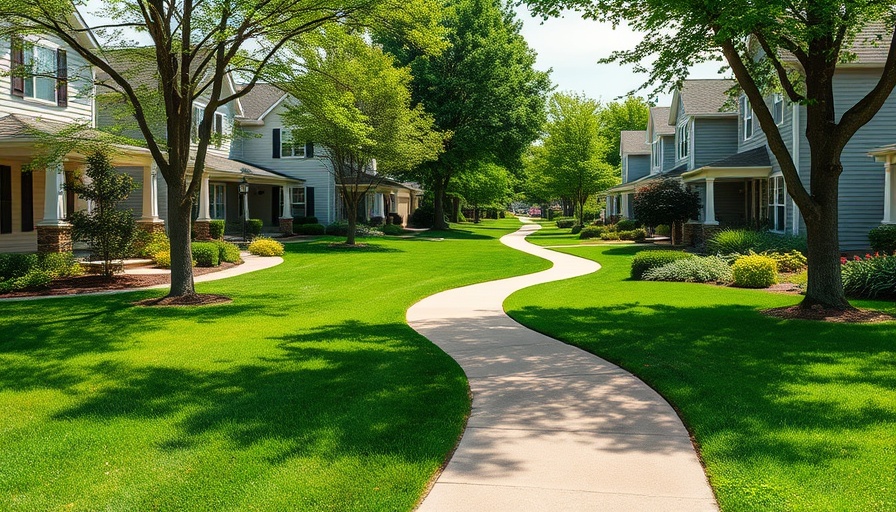
The Battle of Outdoor Aesthetics: Hardscaping vs. Landscaping
When it comes to creating your dream outdoor space, understanding the delicate balance between hardscaping and landscaping is paramount. Think of hardscaping and landscaping as two sides of the same coin—each contributing uniquely to the overall aesthetic and functionality of your yard.
Understanding the Distinct Roles
First off, let's clarify what hardscaping and landscaping actually entail. Hardscaping refers to the inanimate elements in your yard: think stone walkways, patios, fire pits, and retaining walls. These structures are crucial as they provide foundational elements that guide the flow and usability of your space. Landscaping, in contrast, is all about the living components—flowers, trees, shrubs, and grass that breathe life into the setup.
Finding the right mix means knowing how each aspect supports the other. Hardscaping creates structure and order, while landscaping introduces vitality and seasonal color. An ideal backyard flows organically, allowing these elements to complement each other rather than compete.
Evaluate Your Lifestyle for the Perfect Ratio
Your lifestyle plays a significant role in determining the perfect hardscaping versus landscaping ratio. Are you someone who thrives on tending to a lush garden? If so, you'll want to prioritize landscaping with vibrant plants and soothing greenery. Alternatively, if you envision your yard as a social hub—complete with outdoor dining areas and fire pits—opting for more hardscaping will be in your best interest.
Here are some lifestyle factors to ponder that can influence your decision:
- Gardening vs. Low Maintenance: If you enjoy nurturing a variety of plants, prioritize landscaping. However, if you dream of a low-maintenance environment, embrace hardscaping.
- Entertaining: Consider how frequently you host gatherings. More hardscaping means additional functional space and seating options for guests.
- Seasons: Do you enjoy a landscape that changes seasonally? If yes, maximize your greenery to take advantage of seasonal blooms.
The Psychological Impact of Your Decisions
The choices you make in your yard can influence your lifestyle. A well-thought-out blend of hardscaping and landscaping affects not just the aesthetics of your home, but your overall mood. Studies have linked the presence of greenery to increased happiness and well-being. Meanwhile, structured environments can instill a sense of calm and control.
Consider how your space can be a sanctuary for relaxation or a vibrant area for social interactions, depending on your choices.
Creating Dynamic Spaces With Your Mix
Your backyard doesn't have to be an either/or scenario. Instead, focus on creating dynamic spaces where hardscaping and landscaping coexist harmoniously. Perhaps you could frame a cozy seating area with stone patios while surrounding it with lush greenery, creating a picturesque view.
Let your creativity flow! A fire pit might be the central feature of a stone pathway that winds through beautiful flower beds. Or consider built-in seating surrounded by climbing vines—these are not just aesthetic choices, but also functional ones that enhance your time outdoors.
The Future of Outdoor Spaces
Moreover, the trend towards multifunctional outdoor areas is gaining traction. Homeowners now look for spaces that accommodate everything from dining to relaxing and even working outside. This calls for a well-rounded approach to hardscaping and landscaping.
Your Next Steps Towards a Beautiful Yard
Ultimately, the perfect ratio of hardscaping to landscaping lies in personal preference, optimum functionality, and environmental benefits. With some thoughtful planning, you can curate a stunning outdoor space that you and your family will cherish for years to come.
 Add Row
Add Row  Add
Add 




Write A Comment